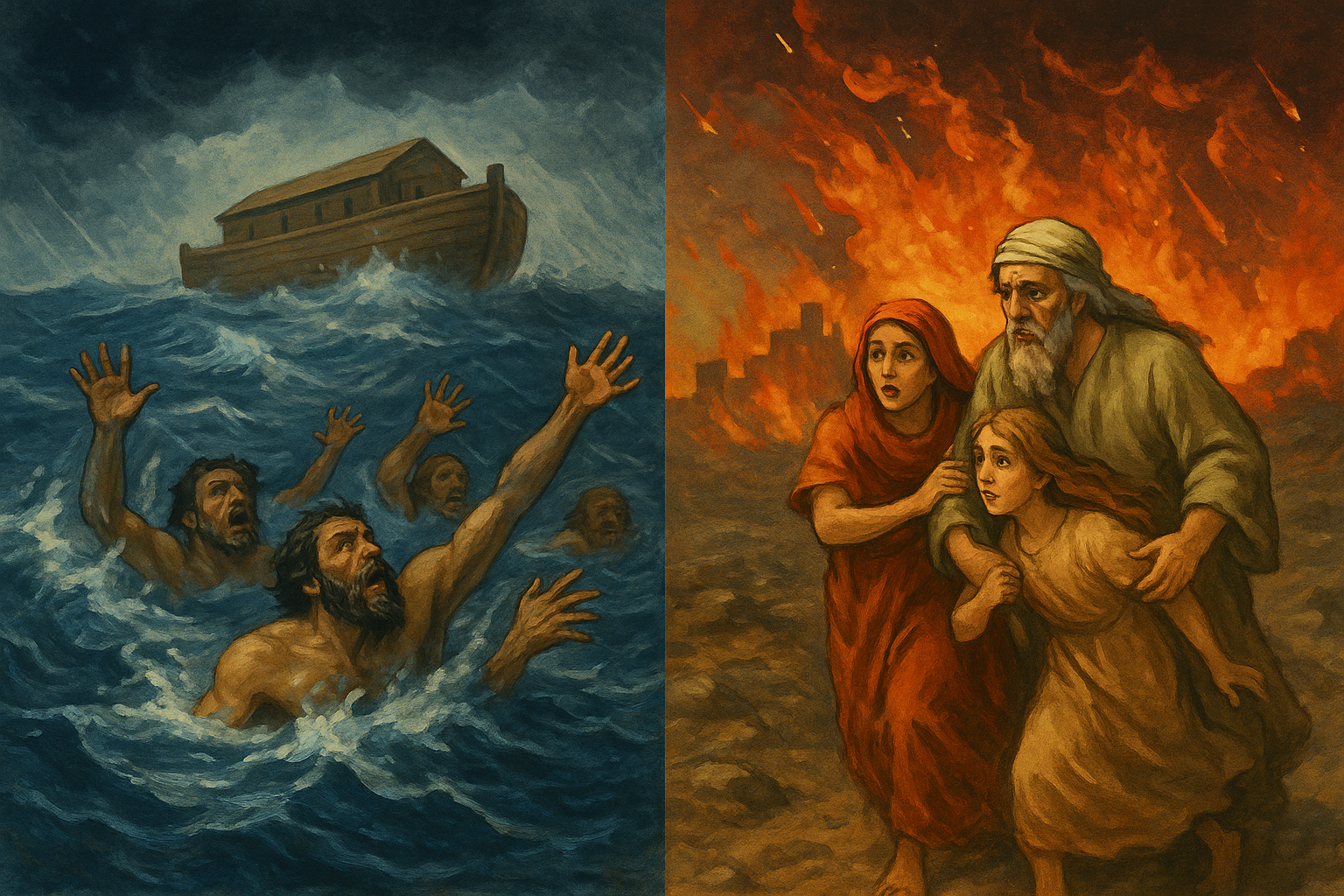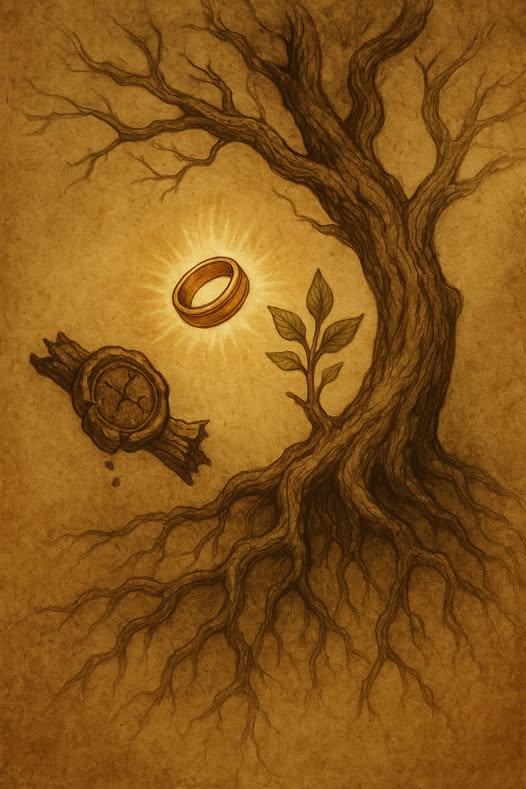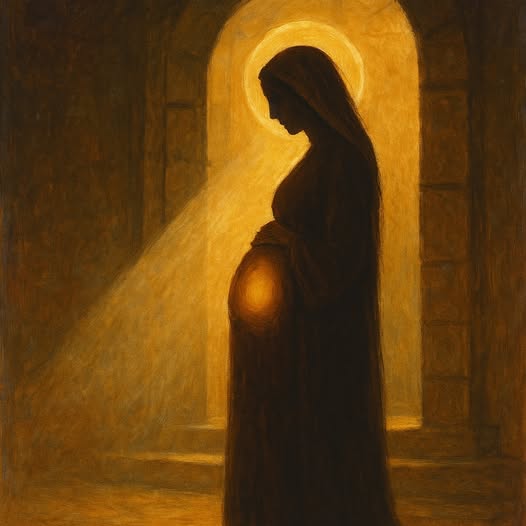
The belief in a Pre-Tribulation Rapture—that believers will be secretly taken away before a period of great tribulation—has often been tied to passages like Matthew 24:36–42. Proponents argue that Jesus’ statement, “one will be taken and one left,” implies a sudden, secret removal of the faithful. However, when Matthew 24 is compared with Luke 17, it becomes clear that Jesus was not teaching a Pre-Tribulation Rapture, but describing the final judgment at His visible return. Luke 17, as a parallel passage, helps us understand the full picture of what Jesus meant.
The Parallel Accounts: Matthew 24 and Luke 17
Matthew 24:36–42 says,
“But concerning that day and hour no one knows… Then two men will be in the field; one will be taken and one left.”
Luke 17:26–37 mirrors this language,
“Just as it was in the days of Noah, so will it be in the days of the Son of Man… two will be in the field; one will be taken and the other left.”
The disciples then ask, “Where, Lord?” Jesus replies, “Where the corpse is, there the vultures will gather.”
Both accounts describe the same event. They are not referring to two different “comings” of Christ—one secret and one visible—but to one climactic, public return. The similarities in phrasing and imagery confirm this.
The Days of Noah and Lot: Judgment, Not Escape
Jesus compares His return to the days of Noah and Lot in both passages. In these examples, the wicked were caught off guard and destroyed, while the righteous were preserved.
- In Noah’s day, it was the wicked who were taken by the flood. Noah remained.
- In Lot’s day, the wicked were taken by fire. Lot and his daughters remained.
Jesus is using these historical judgments to illustrate that His coming will be a time of sudden, visible judgment, not secret rescue. In this context, being “taken” is not a reward. It is a removal in judgment.
“Where, Lord?” and the Answer of Judgment
In Luke 17:37, after saying “one will be taken,” the disciples ask, “Where, Lord?”
Jesus responds, “Where the corpse is, there the vultures will gather.”
This answer is grim. Vultures circling a corpse is unmistakably symbolic of death. Jesus is describing the fate of those taken—judgment and destruction. The imagery reinforces that being “taken” is not being taken to heaven, but to judgment.
This completely flips the Pre-Tribulation assumption. According to Jesus’ own analogy, the ones taken are the ones destroyed, just like in the flood and Sodom.
The Faithful Are Left Behind—And That Is Good
If the ones taken are destroyed, the ones left are those who endure. Just like Noah remained to repopulate the earth and Lot escaped to safety, the righteous are those left behind after God’s judgment sweeps away the wicked.
This aligns with the biblical teaching that the meek will inherit the Earth, and that believers will reign with Christ after His return. Nowhere does Scripture teach that believers are whisked away before tribulation, hidden from suffering, or removed from the earth in a secret event.
Conclusion
Luke 17 sheds decisive light on Matthew 24. Far from supporting the idea of a secret Pre-Tribulation Rapture, Jesus’ words describe a single, visible return marked by judgment. The wicked are taken. The faithful are left and preserved.
This echoes the broader biblical theme: God’s people are called to endure suffering, not escape it. Christ does not promise removal before tribulation, but strength to stand through it. Luke 17 and Matthew 24 together confirm that the return of the Son of Man is not about a secret disappearance but about a final reckoning.
Discussion Questions
- How does Luke 17 help clarify the meaning of “one will be taken and one left” in Matthew 24?
- What do the examples of Noah and Lot reveal about who is taken and who is left?
- What does Jesus’ answer, “Where the corpse is, there the vultures will gather,” say about the fate of those taken?
- How does the imagery in Luke 17 challenge the idea of a secret rapture?
- Why is being “left” actually a sign of preservation in the context of these passages?





